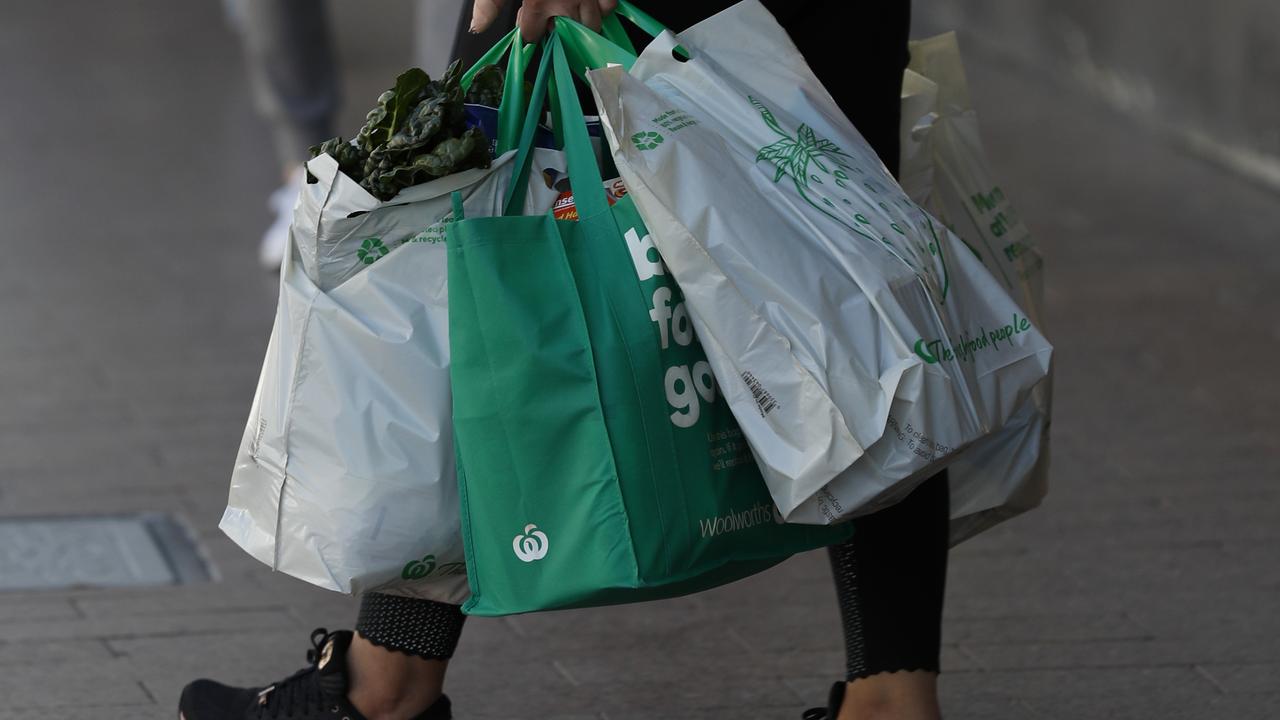Consumers may be unknowingly consuming more sugar than anticipated, as more than 400 different names for added sugars have been found on packaged food labels.
According to the Australian Dietary Guidelines, the average daily sugar intake for adults should be approximately 50 g or 12 teaspoons per day.
However, the annual FoodSwitch: State of the Food Supply report found that unknown added sugar in some common foods was causing Australians to consume nearly double the recommended limit.
George Institute dietitian Dr. Daisy Coyle said this “sneaky added sugar,” up to 22 teaspoons per day, could be added to many people’s diets without their realizing it.
“Too much sugar is contributing to rising rates of obesity and associated chronic diseases, such as heart disease, stroke, type 2 diabetes,” he said.
“But while most of us know it’s bad for us, cutting back is hard when you can’t tell how much is in the food you’re buying; At this time, manufacturers are only required to list total sugars on the Nutrition Facts panel of the product. ”
Researchers at the George Institute used the government-developed Health Star Rating (HSR) system criteria to assess more than 25,000 packaged foods and drinks sold in supermarkets across Australia.
It found that Woolworths own brands still have the highest overall wholesomeness rating, with Coles and IGA joint second and ALDI the least healthy.
Dr. Coyle calls for a new approach to food supply labeling in an effort to better inform consumers.
“One of the biggest barriers to the success of the HSR program is that it remains voluntary – we found that only 41 percent of products displayed an HSR on the package, so it’s not a level playing field,” he said.
“And while the top 20 manufacturers have higher acceptance rates, around 70%, there is a lot of variation, with (for example) no product displaying an on-pack HSR of more than 96% for The Smith’s Snackfood products. Company”.
Dr Coyle said the voluntary HSR system has been in place since 2014, but compliance remains low at around 40 per cent, and this has worsened since last year’s report.
“Most notably, IGA has chosen not to participate in the HSR scheme at all, even though it is one of the largest retailers in Australia,” he said.
The Australian government has set an industry benchmark of 70 per cent compliance by 2025, but this target remains voluntary for food manufacturers to meet.
However, public consultation on proposed changes to food labels, which would require companies to display added sugar content on the Nutrition Facts panel of their food products, is expected to begin.
Dr Coyle said that while this was an important step in helping Australians make informed decisions, it was likely to take some time for any changes to be adopted.
“Currently, the only way shoppers can find out how much added sugar is in a product is by downloading the FoodSwitch app and scanning the barcode; this will give an estimate of the added sugar content, as well as suggest healthier alternatives to switch to.” , said. he said she.
Dr. Coyle said shoppers are encouraged to check the food labels of the products they’re buying to see what they’re putting in their mouths.
“Consumers deserve to know what’s in the food they eat, and we strongly support clearly explaining the amount of added sugar in a product. This could also prompt the food industry to reduce the amount of sugar they pour into processed foods,” said Dr Coyle.
“We don’t want buyers to have to wait years for this information, we want people to be able to make informed decisions now – small changes can really add up.”
.
